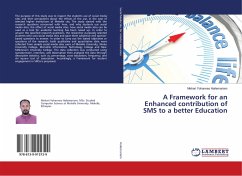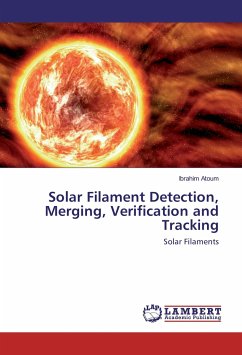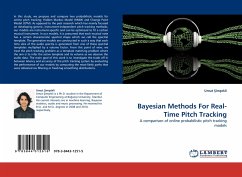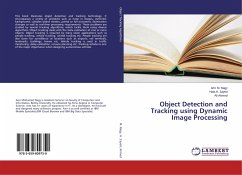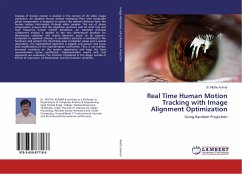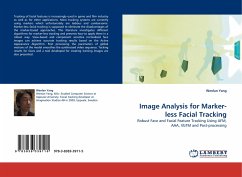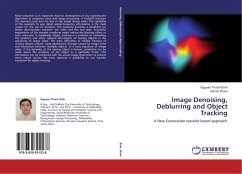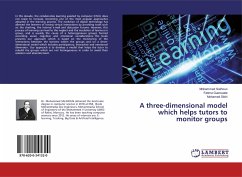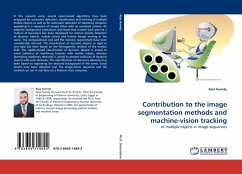
Contribution to the image segmentation methods and machine-vision tracking
of multiple objects in image-sequences
Versandkostenfrei!
Versandfertig in 6-10 Tagen
39,99 €
inkl. MwSt.

PAYBACK Punkte
20 °P sammeln!
In this research work, several vision-based algorithms have been proposed for automatic detection, classification and tracking of multiple mobile objects as well as for automatic detection of stationary obstacles appearing in a sequence of images taken with an overhead camera. An adaptive background subtraction technique that models each pixel as a mixture of Gaussians has been developed for motion activity detection of dynamic objects, mobile robots and human beings moving in the scene. The computational cost and the memory requirement have been considerably reduced. The classification of dyn...
In this research work, several vision-based algorithms have been proposed for automatic detection, classification and tracking of multiple mobile objects as well as for automatic detection of stationary obstacles appearing in a sequence of images taken with an overhead camera. An adaptive background subtraction technique that models each pixel as a mixture of Gaussians has been developed for motion activity detection of dynamic objects, mobile robots and human beings moving in the scene. The computational cost and the memory requirement have been considerably reduced. The classification of dynamic objects as rigid or non-rigid has been based on the homogeneity analysis of the motion field. The rigidity-based classification of dynamic objects is aimed to avoid collisions of interfering humans with mobile robots, whereas identifying stationary obstacles is aimed to prevent collisions of dynamic objects with such obstacles. The identification of stationary obstacles has been based on separating the textured background of the scene. Good results have been obtained over the image-frame sequence and the method can run in real-time on a Pentium class computer.



